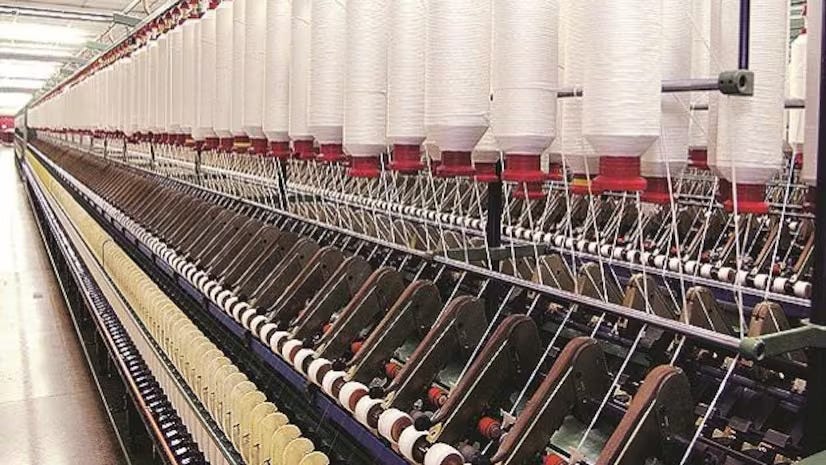Looming Yarn Glut? Spinning capacity boom casts shadow on demand-supply balance

A recent report by a leading market research firm forecasts a significant rise in global spinning machinery market size. The report estimates the market will reach $45.80 billion by 2030, at a Compound Annual Growth Rate (CAGR) of 7.2 per cent from 2023 to 2030. This substantial growth in spinning capacity is set to reshape the yarn demand and supply landscape on a global scale.
The Yarn Tightrope: Balancing demand and supply
Currently, the global yarn production and consumption are in a delicate balance. As per Textile Exchange, a non-profit organization focused on responsible fiber and materials estimates global yarn production reached 27.4 million metric tons in 2023. Consumption figures are expected to be fairly close, indicating a relatively balanced market.
The Asia-Pacific region (APAC) is a major player in both yarn production and consumption. Rising disposable incomes and a growing apparel industry in this region are key drivers for yarn demand. Even though currently, the global textile industry experiences a relatively balanced yarn demand and supply scenario. However, regional variations exist. Leading yarn producers like China and India boast significant spinning capacities. But fluctuations in global apparel demand can disrupt this equilibrium. For instance, a recent decline in garment demand impacted yarn consumption, pushing spinning mills towards closure due to oversupply
Several factors are expected to influence yarn consumption patterns over the forecast period.
Sustainability focus: Growing consumer awareness about sustainability is driving demand for eco-friendly yarns like organic cotton and recycled polyester. This shift could put pressure on traditional yarn production methods.
Technical textiles boom: The technical textiles segment, encompassing products for industrial applications, is witnessing significant growth. This is likely to create new avenues for yarn consumption.
Technological advancements: Advancements in spinning machinery, such as automation and high-performance fibers, could lead to increased yarn production efficiency and potentially higher consumption.
Table: Effects of growing spinning capacity
|
Factor |
Impact on yarn demand-supply |
|
|
Growing Spinning Capacity |
Potential Yarn Glut |
|
|
Price Fluctuations |
Lower Yarn Prices for Garment Manufacturers |
|
|
Consolidation |
Dominance of Larger Spinners |
|
|
Rising Disposable Incomes |
Increased Yarn Consumption |
|
|
Technical Textile Growth |
Higher Demand for Specific Yarns |
|
|
Sustainability Concerns |
Shift Towards Eco-friendly Yarns |
Impact of growing spinning capacity
The projected growth in spinning machinery translates to a potential rise in global yarn production capacity. This increased capacity, potentially meet the rising yarn demand, particularly in APAC however, if not met with a corresponding rise in yarn demand, could lead to a surplus. This scenario can have a two-pronged effect.
First it could lead to yarn glut can trigger price wars as producers compete to offload their stocks. This can benefit garment manufacturers who can source yarn at lower costs. Second, it can squeeze profit margins for spinners. An oversupplied market might lead to consolidation within the spinning industry. Smaller players, unable to compete with falling prices, may be forced out of business, leaving the market dominated by larger, more efficient producers.
The projected growth in spinning capacity presents both challenges and opportunities for the global yarn industry. Navigating this scenario will require close monitoring of yarn demand trends, exploring new market segments like technical textiles, and embracing sustainable production practices. Collaboration between yarn producers, garment manufacturers, and brands will be crucial in ensuring a balanced and sustainable future for the textile industry.
